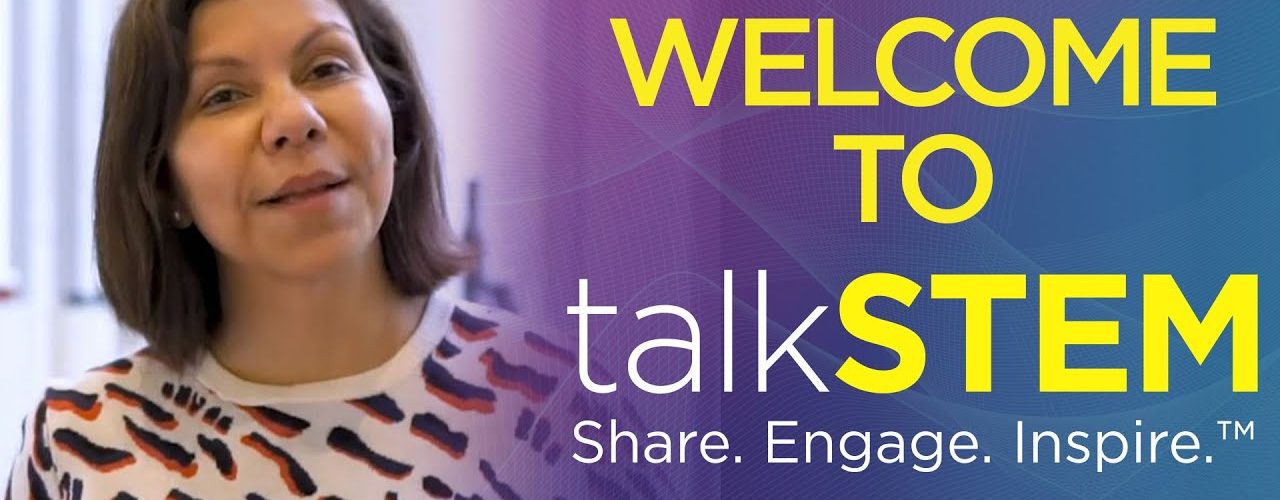

My 8th graders just finished another STEM project- building mousetrap and balloon cars. The challenge is to build the car to spec, determine the speed and distance, and then redesign it to go further or faster. We end with “Project Runway,” where each engineering team must present their results to their peers and defend their final designs. Normally, I allow the student to create their own teams. Two years ago I tried an experiment where I put one girl and one boy together.
Disaster struck almost immediately. A cute girl with a nerdy boy. She cried and he pouted. But miracles really do happen. He was sick the first two days of the project and she essentially built the spec car. He was furious until they began their trial runs. Apparently this girly girl, who had never done an engineering type project before, could follow directions and built a car that ran farther that any other mousetrap car in the class. And so the modifications began. The two became inseparable. Results? They produced best car in the class. While other groups struggled to get along, some not even speaking to each other during the presentations, this group gelled like no other. They reveled in their success. Smiling, joyous, and on top of the world, their teamwork was masterful.
That year I also used a team rubric to allow the students to “grade” each other based on their participation and contribution to the team. As you might imagine, the winning team rated each other all 4’s- the highest possible score. One of the teams that struggled to achieve success with their car, and was challenged by their perceptions of each other’s abilities, rated each other all 1’s, the lowest possible score. In the comments section, both claimed the other one wouldn’t listen, wouldn’t compromise, and hogged all the work.
After the presentations concluded, I used this opportunity to discuss with the class the dichotomy these two teams presented. One a success in terms of teamwork and results, one not so much. What was the real lesson here? Which came first- the chicken or the egg? Does success breed teamwork? Does teamwork always breed success? I was troubled by the perception that one team succeeded and one team failed. As with all our STEM projects, I emphasize that the real success is borne in the doing of the project itself, not just the results. An analysis of why your project did not pan out can be just as enlightening as the project that worked easily right out of the box.
As we discussed this, the students began to see that it was easy to work together with someone you did not necessary identify with when everything was running smoothly and you were getting good results. The difficulty of working in a team comes about when your perception of the other team member(s)clouds your ability to be objective, when you struggle to give everyone a voice in the decision making process, and when the trust that each team member will be doing their best at all times is stretched to the limit.
Since this incident, I have gone back to my usual practice of allowing students to choose their teams. By mid-year they all have found who they work well with and who they do not, who does their share, and who does not, who can be depended on, and who cannot. This year I had two students who worked by themselves, partly by choice, and partly by the fact they have proved to be not good team members. One is absent frequently, and one is a loner. Both of these students were very successful in their efforts to build a mousetrap or balloon car and relished the opportunity to work at their own pace and make all decisions by themselves.
As our STEM program has grown here at school, many of my 8th graders have taken one or more of the many STEM enrichment classes we offer our middle school students. Their ability to design and engineer solutions to problems has increased dramatically. Tinkering, using the engineering design process, and teamwork, has become the norm for many of our students. What has not changed is human nature. It is too easy to easy to stick with who we know, who we find solace with, and who bolster’s our ego by reassuring us that we are wonderful people.
Teamwork tests us, it dares us to let our personal guard down and give our best to a project that we might be new too, and tests our willingness to collaborate and cooperate with strangers! STEM work in our school gives our students an opportunity to try new tools, not just the kind found in a workshop, but the tools we have as people to discover our best selves, detect the best in others, and root out our preconceived notions. You can learn to use a drill, you can work with the insanely popular or unpopular person, and you can succeed even if your project does not.
The gauntlet is has been thrown down for me, as the teacher, to guide and to manage the increasingly sophistication of our students as they continue to experience STEM, and to show them that teamwork really doesn’t have an “I” in it and will be rewarding if their expectations are about the project success and them personally. This is hard for middle school students, and I have observed that it is the same for many adults. I must continue to inspire my students to engage in the universe by understanding engineering and technology along with the importance of opening up themselves to the possibilities that exist when you work on a team.


About Margaret:










Add comment